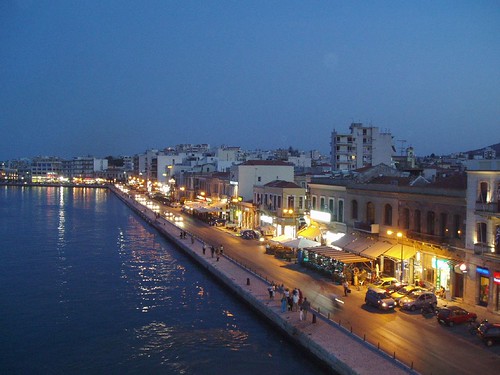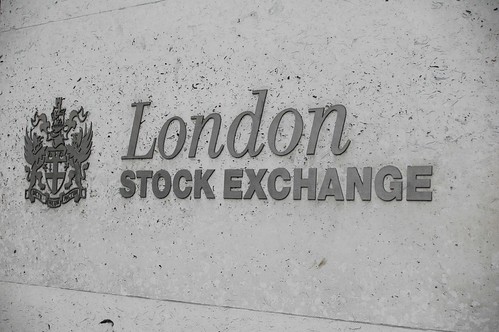My proposal to create a new Banking System
Published July 2nd, 2009 edit replace rm!
Last week I gave my talk on Agile Banking at Reboot 11. This week I have taken my talk and turned it into a series of blog articles that I will post here once a day.
Simplify
We should create simple limited banks or funds. These should only be allowed to do one thing.
A fund has accounts signifying value. Value could be just about anything: Cash, gold, stocks, bonds, loans, insurance, service credits.
Ecurrency banks should replace current accounts. An Ecurrency is a non interest bearing cash mutual fund. No fractional reserve no risk. They could make money on transactions or subscriptions. They could even be implemented as a cooperative of account holders. SWIFT is a cooperative of banks, I say get rid of the middlemen.
Mutual funds fit right into this model for investments.
Loans could be handled like the Danish mortgage system. Danish mortgages are bonds issued by house owners underwritten by the Mortgage institutions. The Mortgage Institutions themselves aren’t allowed to invest in these loans to reduce risk.
In my proposed system borrowers issue bonds into the loan fund. Each loan fund specialize in specific types of loans. Borrower buys back bond to repay.
There are lots of opportunities for small startups to invent new services:
- p2p lending
- micro lending
- community currencies
- micro stock offerings
Be transparent
Offer realtime data feeds. The technology is even better for this now than when e-gold did it. We have no excuse not to. This would allow third parties to dig into our data and analyze the data, which again allows mass auditing. Problems will be found much quicker than regulators ever would be able to.
Limit
Only offer one type of service (payments, savings, loans, insurance – pick one). Limit size of accounts, limit amount of accounts.
To ensure transparency and avoid non core vested interests be focused:
- NO IT department
- NO customer service staff
- NO branches
- NO internal accounting
All of these can and should be outsourced to trusted third parties. This creates trust in a way that a small startup never would be able to do alone. Owners can’t cook the books.
You could take this to the extreme. Imagine 3 different service providers for the same payment service. They all process the same transactions. Differences can be flagged (twittered) instantly and automatically.
What about regulators?
Right now they are truly an obstacle to innovation. They go by the belief that big is safe. They make it hard for small innovators to register.
An electronic currency service needs a minimum of €350,000 minimum capital reserves in the EU. Try bootstrapping while following their rules. Banks need much higher. They just reduced this from €1,000,000 as they themselves noticed that only a couple well capitalized people had registered under the law.
A reserve is simply speaking the cash that is meant to ensure the value of your financial products to your customers.
Formula over arbitrary limits
Technology and simple math provides us a much better way
reserve = circulation
The circulation of a currency is the amount of it held by it’s users. So if we have a small bootstrapped community system of 10 accounts with an average €100 balance:
10 accounts *100 euro = €1000 reserve
This is simple, scalable and has zero barrier to entry.
Terrorists, drug dealers, tax evaders, oh my!
Are you aiding and abetting evil money launderers? Regulators say “know your customer”. You are legally obliged to verify who they are and where they live.
But how do you check id online? The most common approach for online services is to fax/scan and submit id’s. Individual countries might provide country specific approaches.
This is a huge barrier to entry. You need to worry about it as you really don’t want to end up like Doug. I believe the solution is a common sense approach:
The smaller the account, the less you need to know.
How do I know you anyway? How do I know you’re not a bad guy? How can I trust that your faxed ID isn’t fake? Your national ID number does not tell me anything. The unsaid truth about “Know Your Customer” regulation is that it is meant to protect you from regulators and not you from bad people.
Why not use social networks? Experiment with page rank like algorithms and webs of trust. It could turn out better than national id’s
One thing to remember though is
I know you!=credit
Just because I would be happy to tell facebook or my bank that I know you, doesn’t mean I want to lend you $1000. However as long as we remember this we could use it to bootstrap an alternative credit rating system.
What about risk?
We must accept but limit it. People will eventually lose money. However the design of this system firewalls the risk into certain areas.
If an ecurrency goes bust you can’t lose your money as it is held in the reserve. Government bank guarantees are no longer necessary. Bank runs are not possible as anyone who wants their money can always get it out.
Risky investments only affect their direct investors.
Earlier this week I wrote about Risky Business the core problem in todays financial services industry, Benches, Coffee and Bubbles about the origins of financial innovation and about Douglas Jackson of e-gold who has been one of the most innovative people in the financial services space.
These were all based on my Talk about Agile Banking that I gave at Reboot 11


















